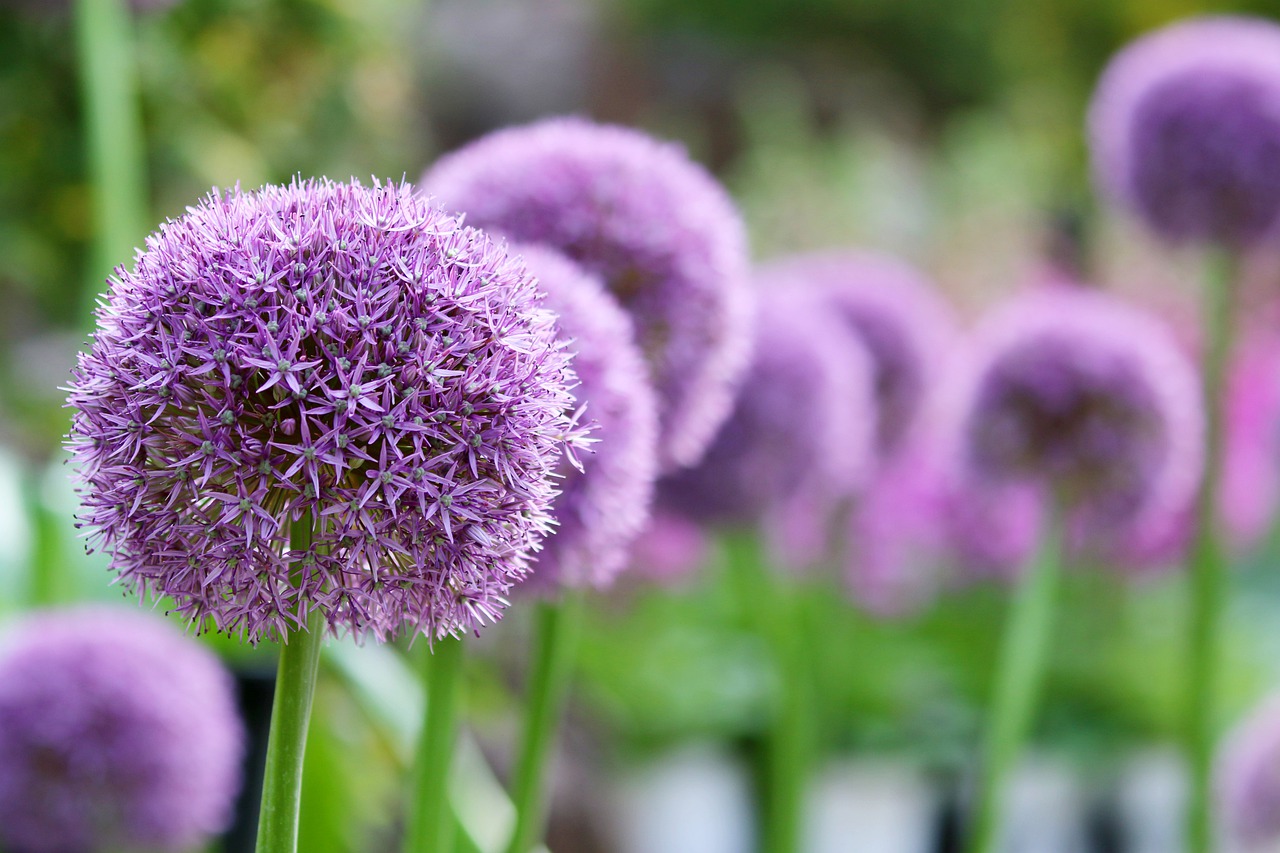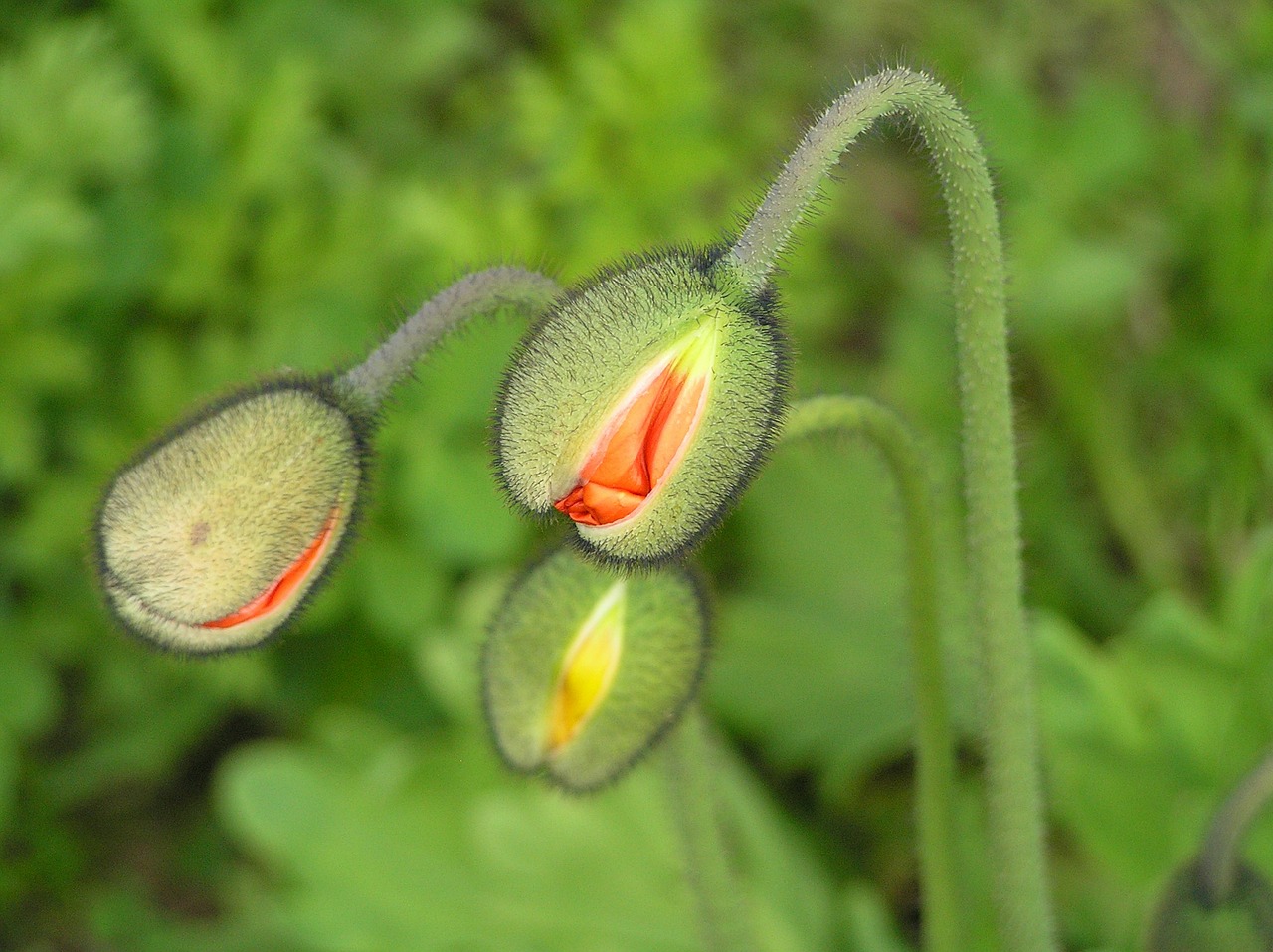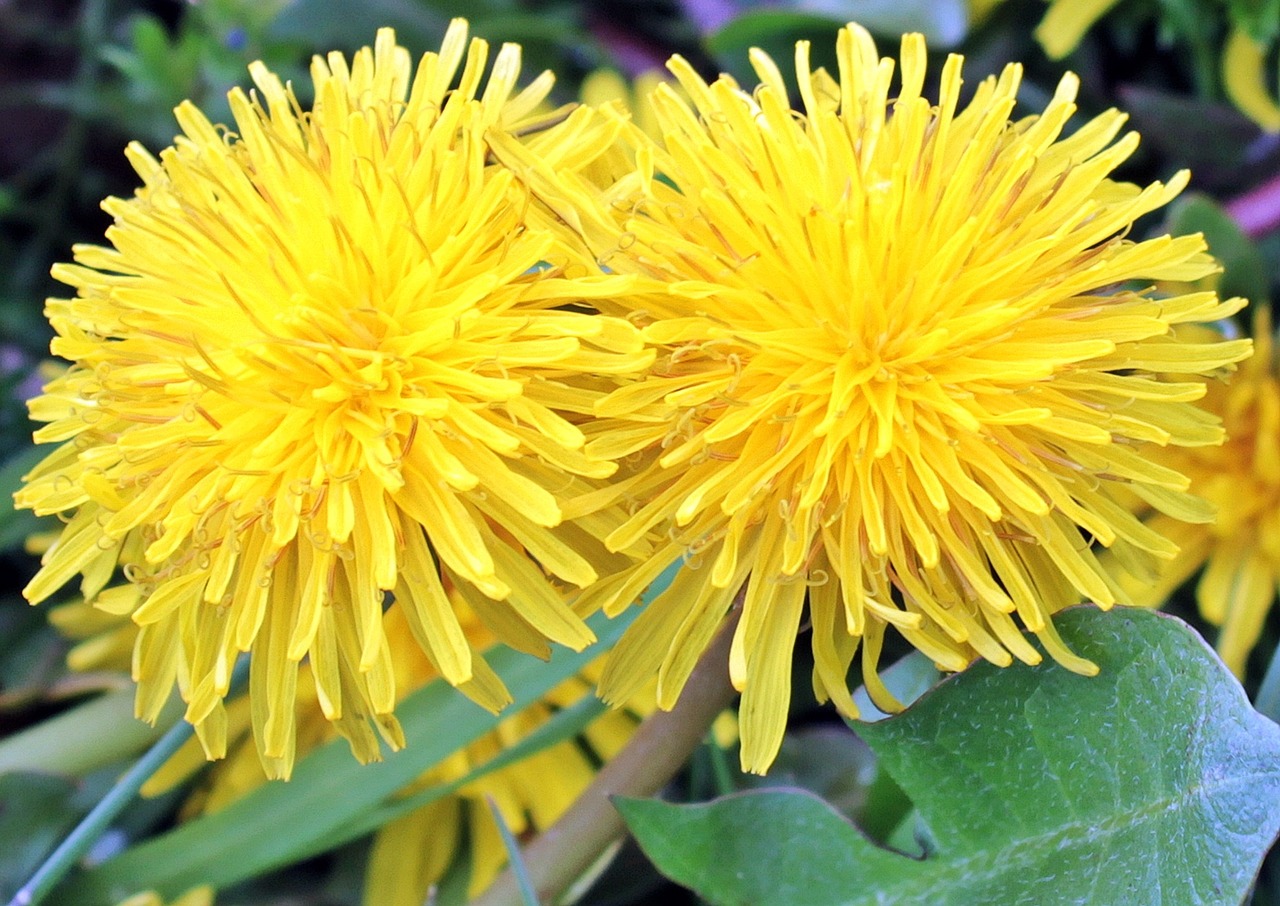Giant onions (Allium giganteum) are grown as a decorative plant and as a honey-rich plant that attracts bees. It has numerous species that differ in color, the shape and height of flowers, and flower heads.

Image by manseok Kim from Pixabay
Due to its interesting flower heads and large leaves, giant onions (Allium sphaerocephalon L.) can be seen in backyards and gardens in recent years.
Like garlic, this species belongs to the genus Allium. The species with a ball-shaped flower head is Allium giganteum L. It originates from Central Asia and is considered the most decorative type of giant onion. In addition to its decorative role, it makes natural preparations for protecting plants from pests. It is especially effective against various types of moths. The flowers attract bees and are therefore grown by beekeepers.
Giant Onions – Planting and Care
Giant onions have almost the same requirements as garlic. It is usually planted in groups of several plants. This way, the beauty of flower heads comes to the fore. It would be best if you don’t plant it next to plant strong competitors species because they can suppress it. You could plant it in the same place for a maximum of two years. After that, it is necessary to change the place of planting.
Tips for planting giant onions:
- Choose sunny terrain.
- Avoid shady places for planting. It will grow well even in partial shade. For planting, choose light soil with a good water-air regime.
- It does not tolerate excess moisture.
- It grows well after cabbage, legumes and cucumbers.
- Potatoes, tomatoes and other types of onions are poor pre-crops for giant onions.
Planting the Bulbs
Planting is done by seed and planting giant onion bulbs. Seed sowing is less common. In this case, you should soak the seeds in water overnight. Floating seeds are sparse or damaged. They are simply unusable. Sowing is done in well-prepared soil to a depth of 2 inches. It is sown during the fall, at least a month and a half before the onset of frost.
The most common way of planting giant onions is by planting bulbs. Planting depth ranges from 4 to 12 inches. It is necessary for the layer of soil with which we cover them to be as thick as the height of the planted port. The distance between them must not be less than 6 inches. You should not plant giant onions too densely. They need to be given space to develop well. Depending on the variety, the distance between the ports we plant can be up to 18 inches. They can also be grown in pots that are deep enough.
When planting, it is good to add organic fertilizer to planting pits or canals. During the dry season, you should water the plants and fertilize them. After flowering, let the leaves wither on their own.
Different Sorts of Giant Onions
Many members of the giant onion genum differ in height, leaf size, color, the shape of flowers, and flower heads. In addition to the giant onion, with characteristic ball-shaped flower heads that are purple, the “White Giant” ornamental onion has been very popular lately. Star-shaped flowers of golden yellow color characterize it. Flower stalks reach a height of 10 inches. It blooms in mid-summer. It tolerates shade well.
The one with bell-shaped flowers blooms in early July. Its flowers have the color of red wine.
The Neapolitan giant onion has white flowers. The flower head is looser and does not have the shape of a ball. It blooms in late spring and early summer. It grows well in sunny terrains. However, it does not tolerate soil with excess water.
The same diseases occur on ornamental onions as on garlic: powdery mildew, powdery mildew, rust, rot. However, of the pests, it is most often attacked by onion flies.



